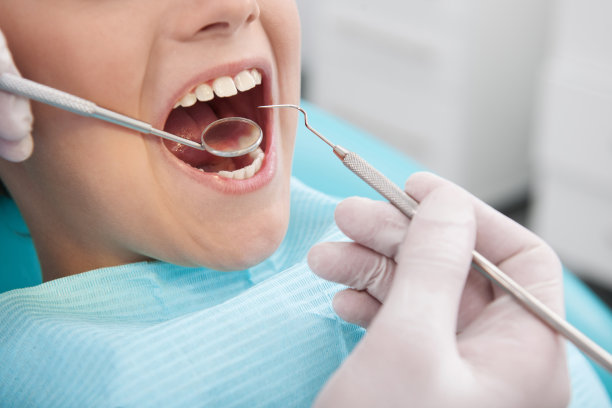The Essential Guide to Understanding the Process of Extracting a Tooth for Better Oral Health
Summary: Understanding the process of tooth extraction is vital for maintaining better oral health. This article delves into the steps involved, indications for extraction, the aftercare required, and potential complications. Each aspect is examined to provide a comprehensive overview that empowers readers to make informed decisions regarding their dental health. With this guide, individuals can alleviate fears related to the extraction process, know what to expect, and learn how to care for their mouths afterward. Ultimately, a better understanding of tooth extraction can lead to improved oral hygiene and health overall.
1. Steps Involved in Tooth Extraction

The process of extracting a tooth begins with a comprehensive examination by a qualified dentist. This evaluation often includes X-rays to understand the tooths position and the surrounding bone structure. Based on the findings, the dentist will determine whether the tooth should be extracted and the best method to perform the extraction.
Once the decision is made, the dentist will ensure that the area around the tooth is numbed using a local anesthetic, which helps minimize discomfort during the procedure. For patients with anxiety or complex extractions, sedation may also be employed to help them feel more relaxed.
The actual extraction can be categorized into two types: simple extraction and surgical extraction. A simple extraction involves loosening the tooth with an elevator, followed by removal with forceps. Surgical extraction, on the other hand, may require incisions in the gums or bone manipulation, particularly if the tooth is broken or impacted.
2. Indications for Tooth Extraction
Tooth extraction becomes a necessary course of action due to various dental issues. One primary reason is severe tooth decay where the damage to the tooth is extensive. In such cases, restoring the tooth may be impossible, and extraction is the best option to prevent infection from spreading to other teeth or tissues.
Another common indication for extraction is periodontal disease. This condition can cause the gums to recede and loosen the teeth, making them more susceptible to extraction. In this scenario, removing the affected tooth can halt the progression of the disease and preserve surrounding teeth.
Impacted teeth, particularly wisdom teeth, commonly necessitate extraction as well. When these teeth dont have enough space to emerge or grow properly, they can cause pain, infection, and crowding of other teeth. Extracting impacted teeth can alleviate these issues and contribute to better oral health.
3. Aftercare Following Tooth Extraction
Proper aftercare is essential for effective healing post-extraction. Initially, patients may experience bleeding, which can often be controlled by biting down on gauze for 30 to 45 minutes. It is crucial to avoid spitting or rinsing forcefully, as this might dislodge the blood clot that forms in the extracted area, leading to complications.
Patients are advised to follow a soft-food diet for a few days after the extraction to avoid irritating the site. Foods like yogurt, applesauce, and mashed potatoes are excellent choices that provide nourishment without requiring vigorous chewing.
Additionally, pain management is important during recovery. Dentists may prescribe pain relievers, or over-the-counter medications can be used to alleviate discomfort. Following the dentist’s recommendations is essential for a smooth and efficient recovery process.
4. Potential Complications From Tooth Extraction
While tooth extraction is a common procedure, it may have potential complications that patients should be aware of. One of the most common issues is dry socket, which occurs when the blood clot fails to form correctly or is dislodged prematurely. This condition can lead to severe pain and slow down the healing process.
Infections are another risk associated with dental extractions. Although dentists will often prescribe antibiotics to mitigate infection risks, it’s crucial for patients to monitor the extraction site for signs of swelling, increased pain, or pus, and seek help if such symptoms arise.
Lastly, in some cases, adjacent teeth may be damaged during the extraction process. This risk underscores the importance of having the extraction performed by a skilled professional and ensuring proper post-operative care to avoid additional complications.
Summary:
In conclusion, the process of tooth extraction is an integral part of maintaining oral health, with a clear sequence of steps that ensure safety and effectiveness. Understanding the indications for extraction, proper aftercare, and potential complications can empower patients to navigate this necessary procedure smoothly. Awareness and preparation are key to achieving optimal dental health following an extraction.
This article is compiled by Vickong Dental and the content is for reference only.



